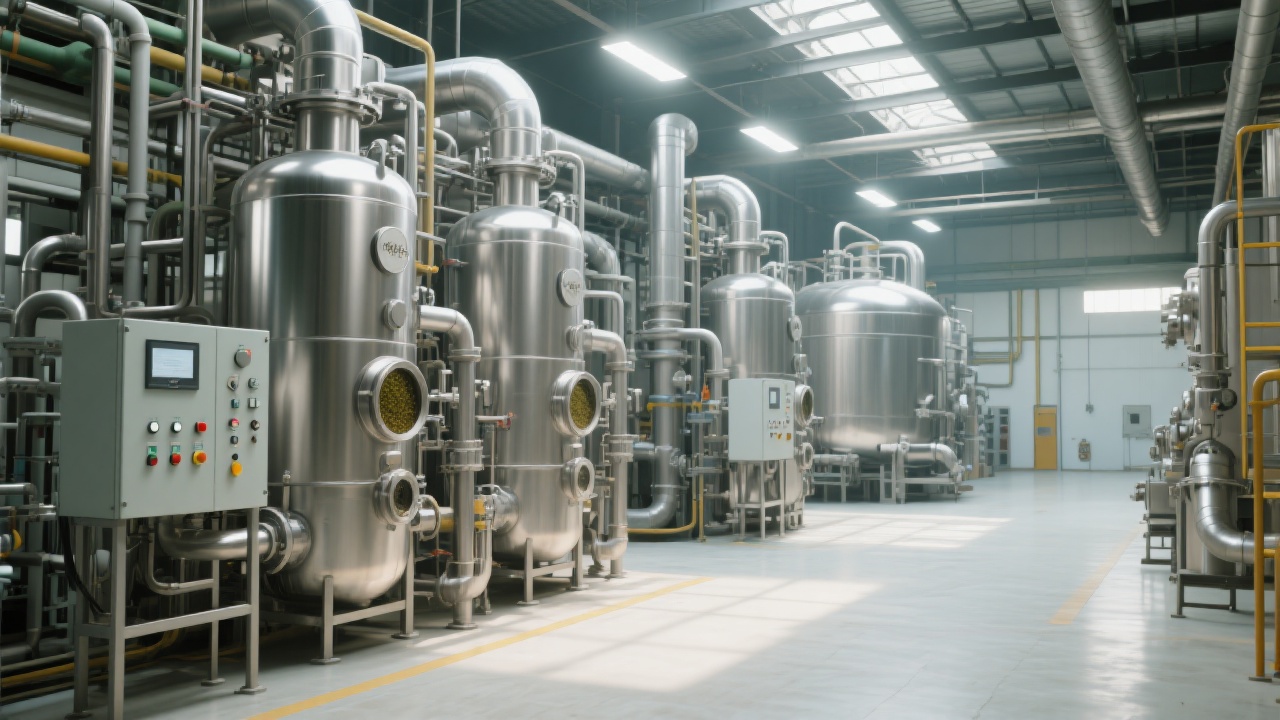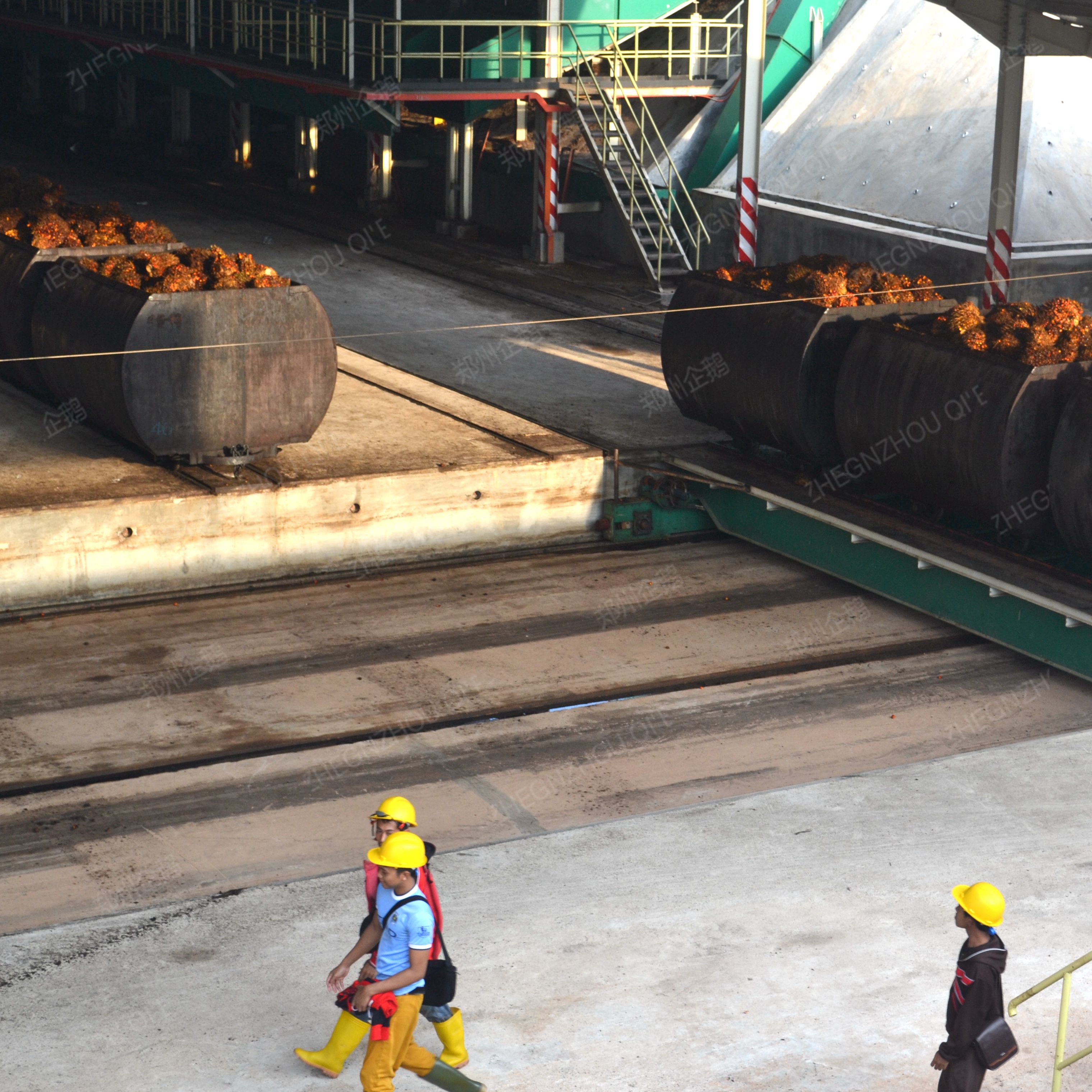
In the sesame oil production industry, small and medium-sized factories often grapple with critical issues such as microbial over - standard and cross - contamination. These problems not only pose risks to product quality but also affect the market competitiveness of enterprises. Our fully enclosed sesame oil extraction system offers a comprehensive solution to these challenges.
Microbial over - standard and cross - contamination are common headaches for small and medium - sized sesame oil factories. Microorganisms can multiply rapidly in the production environment, leading to product spoilage and potential health risks. Cross - contamination, on the other hand, can occur when different batches of sesame oil or other substances come into contact during the production process. Our system is specifically designed to tackle these issues head - on.
One of the key features of our equipment is the use of 304 stainless steel. This material is not only durable but also highly resistant to corrosion, which is crucial for maintaining a clean production environment. The 304 stainless steel can effectively prevent the growth of bacteria and other microorganisms on the surface of the equipment. Additionally, the sealed structure of the system acts as a barrier to air contact. By minimizing the exposure of the sesame oil to the external air, the risk of microbial contamination is significantly reduced.

The CIP (Clean - in - Place) cleaning system is an integral part of our fully enclosed sesame oil extraction system. It is designed to automate the cleaning process, ensuring thorough and consistent cleaning. The configuration logic of the CIP system is based on the specific requirements of sesame oil production. For daily cleaning, the system can quickly remove residual sesame oil and other impurities from the equipment. Weekly and monthly cleaning processes are more in - depth, targeting areas that may accumulate stubborn dirt. A detailed inspection checklist is also provided to ensure that every part of the equipment is properly cleaned.
| Cleaning Cycle | Cleaning Process | Inspection Points |
|---|---|---|
| Daily | Rinse with warm water, use cleaning agents, and then rinse again | Check for visible residues on the surface |
| Weekly | Deep - clean with stronger cleaning agents, check internal pipes | Inspect for blockages in pipes |
| Monthly | Disassemble some parts for cleaning, perform a comprehensive inspection | Check the integrity of seals and gaskets |
To enhance the practicality and credibility of our solution, we have analyzed both successful and failed cases in the industry. By comparing these cases, we can identify common blind spots and effective counter - strategies. For example, in some failed cases, factories neglected the regular maintenance of the CIP system, which led to microbial over - standard. In contrast, successful factories strictly followed the cleaning and inspection procedures, achieving excellent product quality and compliance with international food safety standards.

Our system not only meets the requirements of ISO certification but also provides a sustainable hygiene management system solution for small and medium - sized enterprises. We have helped multiple small and medium - sized factories achieve hygiene compliance upgrades. With our system, every drop of sesame oil can leave the factory with confidence, meeting the highest standards of food safety.
"Since we installed this fully enclosed sesame oil extraction system, our product quality has improved significantly. We no longer have to worry about microbial over - standard and cross - contamination. It has truly changed our business." - A satisfied customer
We would like to hear from you! Please take a short questionnaire to share your experiences in sesame oil production hygiene management. Also, feel free to leave your questions in the comment section below, and our experts will be happy to answer them.
Let us help your factory achieve sustainable hygiene management and make every drop of sesame oil safe! Click here to learn more.